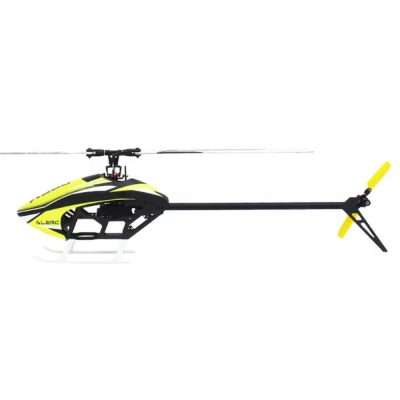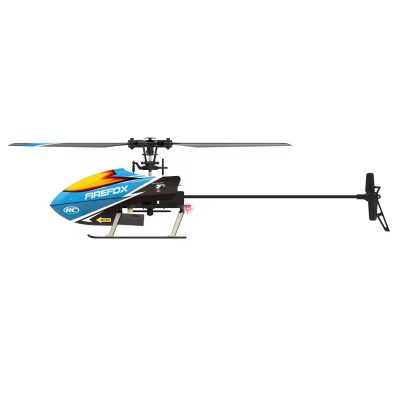Introduction
Gyro systems play a crucial role in the flight stability and control of RC helicopters. These sophisticated electronic devices help maintain steady flight by automatically adjusting the helicopter’s movements to compensate for external forces such as wind and pilot inputs. In this blog post, we’ll delve into the workings of gyro systems, their types, and how they enhance the flying experience for both beginners and advanced pilots.
1. What is a Gyro System?
A gyro system, or gyroscope, is an electronic sensor that detects rotational motion and provides feedback to the helicopter’s control system. It helps stabilize the helicopter by making real-time adjustments to counteract undesired movements. There are two main types of gyros used in RC helicopters: rate gyros and heading-hold gyros.
- Rate Gyros: These gyros measure the rate of rotational motion and apply corrective control inputs to dampen unwanted rotations. They are ideal for basic stabilization and are commonly used in beginner helicopters.
- Heading-Hold Gyros: Also known as AVCS (Angular Vector Control System) or heading lock gyros, these devices not only stabilize rotational rates but also maintain the helicopter’s heading or orientation. They are more advanced and suitable for precise control and aerobatic maneuvers.
2. How Gyro Systems Enhance Flight Stability
Gyro systems significantly enhance flight stability and control by providing the following benefits:
- Automatic Stabilization: Gyros continuously monitor the helicopter’s movement and automatically apply corrective inputs to maintain stability. This is especially useful for hovering and slow flight, where precision control is required.
- Wind Compensation: Gyros help counteract the effects of wind and turbulence by making real-time adjustments. This allows the helicopter to maintain a stable hover and smooth flight path even in challenging conditions.
- Smooth Maneuvering: By providing stability and reducing unwanted movements, gyros enable smoother and more controlled maneuvers. This is essential for performing aerobatic tricks and advanced flight patterns.
3. Setting Up and Tuning Your Gyro
Proper setup and tuning of your gyro system are essential for optimal performance. Here are some key steps and considerations:
- Mounting the Gyro: Securely mount the gyro on the helicopter’s frame, ensuring it is level and free from vibrations. Use double-sided foam tape or specialized gyro mounting pads to absorb vibrations and prevent interference.
- Calibration: Calibrate the gyro according to the manufacturer’s instructions. This typically involves powering on the helicopter while keeping it stationary and allowing the gyro to initialize and detect its neutral position.
- Gain Adjustment: Adjust the gain settings to fine-tune the gyro’s sensitivity. Higher gain settings increase the gyro’s corrective response, while lower settings reduce sensitivity. Finding the right balance is crucial for stable flight without oscillations or instability.
4. Choosing the Right Gyro for Your Helicopter
Selecting the appropriate gyro system depends on your helicopter type and flying style:
- Beginner Helicopters: For beginners, a basic rate gyro provides sufficient stabilization and ease of use. Look for gyros with simple setup procedures and reliable performance.
- Advanced Helicopters: For advanced pilots and aerobatic flying, heading-hold gyros offer superior control and precision. Consider gyros with adjustable gain settings, advanced features, and compatibility with your helicopter’s control system.
Conclusion
Gyro systems are indispensable components of RC helicopters, providing essential stabilization and control for both novice and experienced pilots. By understanding the types of gyros, their benefits, and proper setup techniques, you can enhance your flying experience and achieve greater precision in your maneuvers. Invest in a quality gyro system and take the time to fine-tune it for optimal performance, ensuring a smoother and more enjoyable flight.








